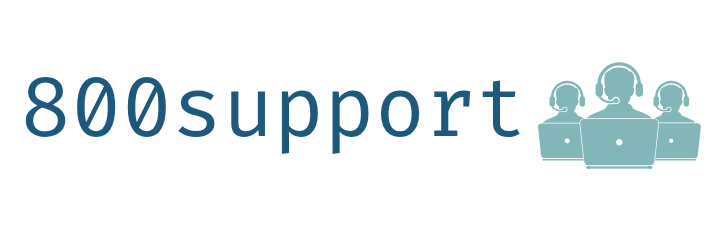Choosing The Best Bank & Checking Account With No Fees Or Penalties – 5 Tips
The idea of personal banking is quite simple, really: a bank gives you a safe place to store your money, while investing it in the meantime for their own potential profit. Meanwhile, depending upon the type of account you have, you may even earn a little bit of interest on your money. Simple, right?
That is essentially how banking worked for over 150 years. Then, in recent decades, new banking innovations such as checking accounts, online banking, debit cards and overdraft protection have made banking a bit more complicated.
As things have evolved, it seems as if banks have found more and more ways to charge customers fees for various services. Bank fees and penalties are now a very big part of the entire banking experience. Many customers have a love-hate relationship with their banks, often finding themselves looking over their monthly statements with a suspicious eye toward unwarranted fees.
If you want to choose the best bank & checking account with no fees or penalties, here are 5 tips that can help:
1. Understand the types of fees that traditional banks charge:
There are various types of fees and penalties that most banks charge. The most common used to be checking account fees, but nowadays most checking accounts are without a monthly fee. Instead, these days, the most commonly-charged fee is the overdraft charge.
Overdraft charges are big business for banks, bringing in about $30 billion in revenue for them in the U.S. alone. Part of the reason they are able to earn so much money off of their customers is a general lack of understanding on the part of customers about how these fees really get charged. The result is that even the most conscientious patrons can easily get dinged 1-2 times per month. And, with fees at around $35 per occurrence, this can add up fast.
2. Decide whether you want to enroll in overdraft protection:
Recently-passed laws now obligate banks to ask new customers if they want to enroll in overdraft protection programs. Up until then, people were just automatically enrolled unless they specifically said they did not want to participate. But, even with the new “opt-in” process for overdraft fees, most people choose to enroll. And, the penalty fees keep rolling in like they used to.
3. Conduct an online search for no-overdraft-fees banks:
Your best bet in finding a new bank is to conduct an online search for “no overdraft fee banks.” Many of these institutions will actually cover customers’ charges – even when the account is overdrawn; but, they still will NOT charge you a fee.
4. Decide whether you need the bank you choose to have a local branch:
Many no-overdraft-fee banks have local, brick-and-mortar branches, while others have primarily an online-only presence. Decide whether it is important to you that your bank have a local branch.
5. Make sure the bank is FDIC-insured:
And of course, make sure that the no-overdraft-fee bank you choose is FDIC-insured. That way, you know your money is safe for the long-term.
Take these 5 tips to heart as you choose the best bank & checking account with no fees or penalties.





